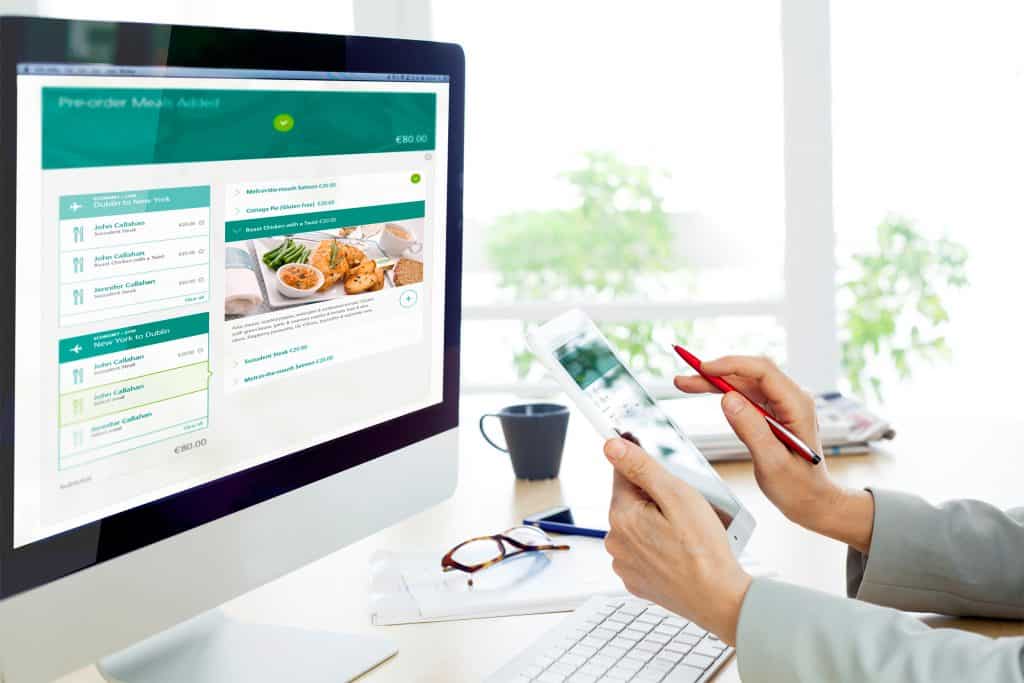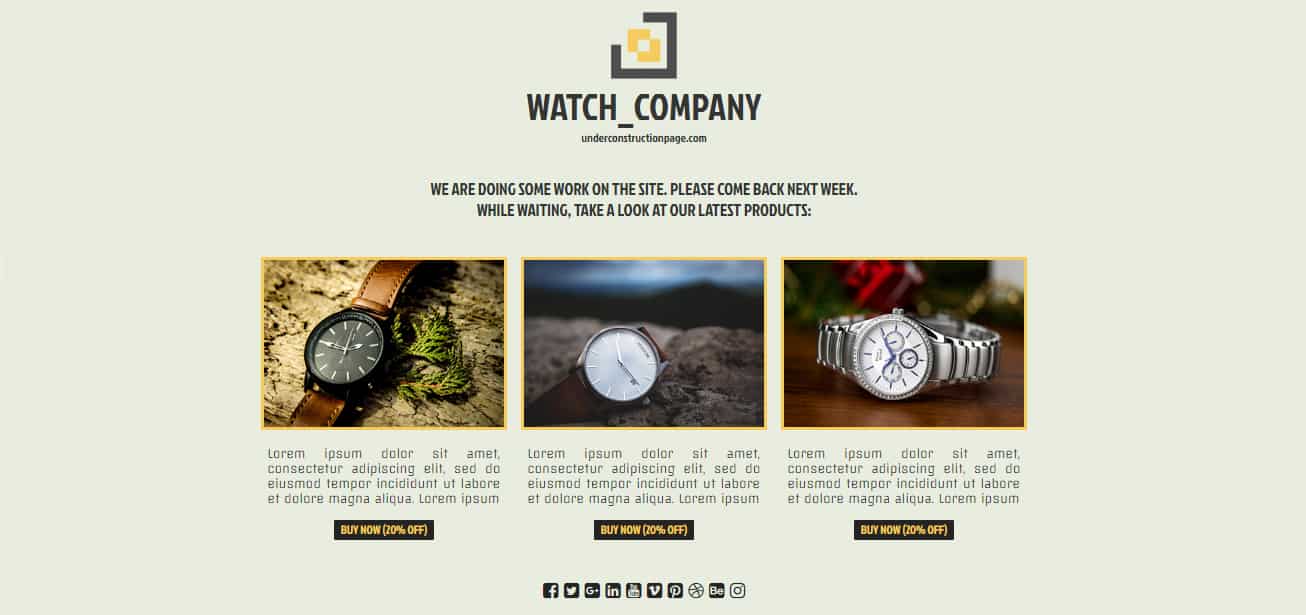Are you about to start a website that you are very excited about? Is your unique service going to blow everybody’s mind? If you’re working on something really worthwhile, then you know that it always takes a lot of time to have it ready the way it should be – sometimes, more than you originally expected. The process itself is time-consuming, and there can be plenty of obstacles preventing you from following your original timetable to the letter: unforeseen complications with site-building, an overwhelming amount of non-site related activities, etc.
At the same time, you already have secured the domain and hosting where your site will be, and you are so head over heels about it that you are inclined to start sharing the bits and pieces you have as soon as they are ready. This way, people will know about you even sooner and grow as excited as you are, won’t they? Naive as it may sound, many webmasters fall victim to this naivety and do just that. Or – they just hang a default WordPress “Hello World” page and leave it there until the site itself is ready. It’s hard to tell which is worse because neither will impress the users or Google.
It’s easy to tell what is better, though!
And you can put it together in no time – especially if you are building your website on WordPress which has a specific coming soon plugin for such purposes.
The Essence of a Coming Soon Page
You may have seen plenty of those while browsing. They look a lot like landing pages: a brief copy telling the reader about what their site will be about. Surely you know how to make one of those. The good example of that can be the website like EduBirdies. So, do you just create yourself a landing page and put it out there as a coming soon page? Yes and no.
While a landing page and a coming soon page may look similar, they have slightly different purposes. Understanding your goals is essential for creating the kind of a coming soon page that will fulfill them.
So, what are they?
As you know, a landing page aims at converting viewers to leads by giving them a brief piece of information and offering to follow a link. A coming soon page will most likely not have a link to ask users to follow because there is no site to speak of yet. That doesn’t mean, however, that you should just throw a piece of text there and call it a day.
There is so much more you can do with your coming soon page. The most obvious benefit is that it can help you create a buzz and build up excitement. You can do this by beginning to collect emails for your newsletter this early, promising users to notify them when the website is up and running. Naturally, people are much warier about subscribing to obscure newsletters than they used to be. So, if this incentive seems weak, you can add one more. The examples will be classical ones – to offer them a free eBook or an early bird discount, as well as even more discounts for sharing your coming soon page. Of course, you are welcome to think of your own perks you’ll give to these early birds.
Do You Need a Newsletter?
When it comes to creating a buzz in advance, the first thing that comes to mind is social media. However, a mailing list has obvious advantages over those. A buzz also happens to be the right word to describe what’s going on in social media – every user gets tons of information soon forgetting most of it. Besides, when using social media tools, you need to realize that you depend on the policies of these social media – remember the recent change of Facebook rules for fan pages? A mailing list is a much more reliable tool in this regard because it establishes a direct connection between you and your user. And, for the same reason, this connection is more personal, which also makes it more powerful.
Allowing visitors to subscribe to an e-mail newsletter to notify them of a product’s launch, can be a good promotion tool. If this is not done by the time a website is launched, some visitors may forget about it. Of course, the regularity of the newsletter is entirely up to you. Some websites send a single notification on the launch day. Others do regular newsletters that keep you informed about the progress.
You can try to make a little splash around the launch of your website, then start sending a newsletter on a more or less regular basis, and in total, this will help to build trust in the website and make it recognizable. If you send out notifications every week or two, your visitors are likely to remember you, but, to avoid spam complaints, it’s worth mentioning on the webpage that the newsletter will be sent that often.
According to ItRate.co, there are several alternatives to a common newsletter. One of them is to run a blog that will inform visitors about your progress on the website. This method is most applicable for Internet apps, the work progress on which can be described in the blog. Another recognized way is to use Twitter to attract and inform users. Just make sure you have a link to your Twitter account on the webpage.
To Have vs. Not to Have
Who doesn’t like a case study? Learning from someone else’s flops is not only beneficial but also fun. For the sake of neutrality, let’s take a fictional service website as an example.

As we have mentioned, webmasters often get so excited about their projects that they fall prey to the temptation of putting out their website piece by piece. Features go on air gradually, as soon as they are ready until the website is fully functional. We have also mentioned that unexpectedly significant amounts of time may pass between point A (going on air) and B (becoming fully functional). So let’s see what happens in this case:
Assuming your content is original, your website gets indexed by search engines. People looking for services like yours find your site – and what do they see? A partly operational service. In the user’s eyes, there is no such thing as a partial operation – they see a service either as operational or non-operational. You can guess on what end of this scale a half-baked website will fall.
Moreover, when you struggle to put a site out asap, it is easy to overlook the writing and put out rushed copies. Even if your user will try to go past the poor writing, it will still add to the overall negation impression. It is common knowledge that building a positive reputation from scratch is way easier than fixing a damaged one. So, as a result, you lose momentum instead of building it up. Now, let’s see what you could be doing instead:
If you choose to set up a coming soon page that won’t look generic, the first thing you need is an original copy. Because it doesn’t need to be lengthy (in fact, quite the contrary!), it won’t take you much time. You put out that copy with a direct call to action – to join the mailing list to get notified when the website is up and running.
As an additional perk, you can offer your early subscribers an early bird discount code. This code will be valid for, for example, 48 hours after the launch, and thus your subscribers get motivated to become your customers immediately upon launch!
Conclusion
Even if you are not looking to sell a product or service through your website, a coming soon page is a beneficial thing to do. It takes very little time to set up, but the payback is priceless. It may happen that a considerable amount of time has to pass between the setting up of the coming soon page and the launch of your website. There can be many reasons for that. If this happens, surely you will be able to spare a few minutes every day to tell about how exciting your website-to-be is and share the link on social media, niche forums, etc. This way, you already have something of an audience as soon as your website is launched!


